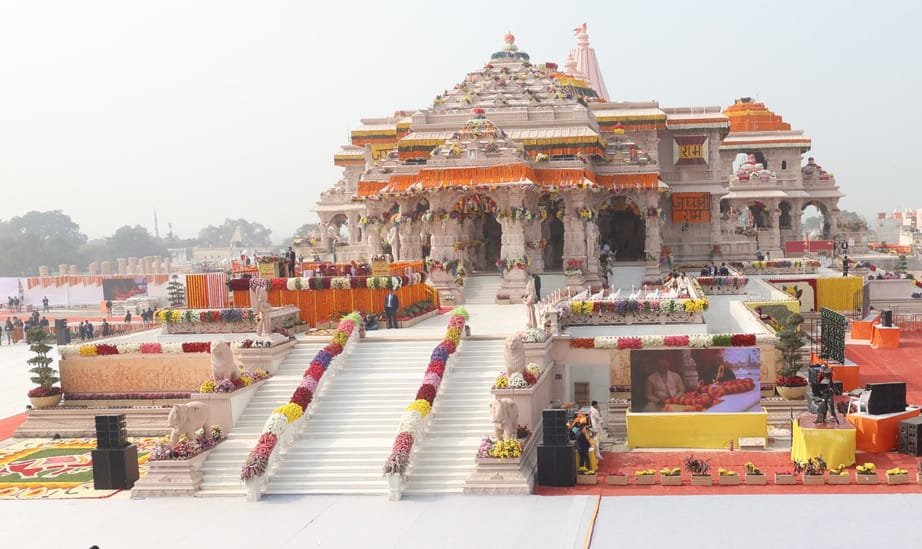
In the annals of India’s history, few sagas have been as deeply entrenched in the collective consciousness as the quest for the construction of the Ram Temple in Ayodhya. Spanning decades of legal battles, social movements, and political upheavals, this contentious issue has transcended mere bricks and mortar to embody broader themes of identity, faith, and national unity.
Historical Context:
The origins of the Ram Janmabhoomi-Babri Masjid dispute can be traced back to the 16th century when the Mughal Emperor Babur built a mosque at the site believed by Hindus to be the birthplace of Lord Ram. Over the centuries, the site remained a flashpoint for religious tensions, culminating in the demolition of the Babri Masjid by Hindu nationalist activists on December 6, 1992.
Legal Battles:
Following the demolition, a protracted legal battle ensued, with various parties staking claim to the disputed site. The case reached its apex in 2019 when the Supreme Court of India delivered a landmark verdict, ruling in favor of the construction of a Ram Temple while also allocating alternate land for the construction of a mosque.
Social Movements:
The fight for the Ram Temple galvanized millions of Hindus across India, uniting them under a common cause. From mass rallies and marches to religious processions and prayer ceremonies, the movement mobilized people from all walks of life, transcending regional, linguistic, and caste barriers.
Political Implications:
The Ram Temple issue has had profound political ramifications, shaping electoral dynamics and party politics in India. Political parties have often sought to leverage the sentiments associated with the temple issue to consolidate their support base and garner electoral dividends.
Path to Unity:
Despite the polarizing nature of the Ram Temple dispute, the Supreme Court’s verdict provided a roadmap for reconciliation and communal harmony. By upholding the rule of law and respecting the sentiments of all stakeholders, the verdict sought to chart a path towards healing the wounds of the past and fostering a spirit of mutual coexistence.
Construction of the Temple:
In August 2020, the foundation stone for the Ram Temple was laid in Ayodhya, marking a historic milestone in India’s cultural and religious landscape. The construction of the temple is not merely a physical endeavor but a symbol of resilience, faith, and national unity.
Looking Ahead:
As the construction of the Ram Temple progresses, it is incumbent upon all stakeholders to uphold the values of pluralism, secularism, and tolerance enshrined in the Indian Constitution. The temple should serve as a beacon of hope and harmony, fostering goodwill and cooperation among diverse communities.
In conclusion, the fight for the Ram Temple in Ayodhya has been a journey marked by tumultuous twists and turns, yet it has also been a testament to the resilience of India’s democracy and the spirit of its people. As the temple takes shape, let us strive to build not just a monument of stone but a monument of unity, embodying the rich tapestry of India’s cultural heritage and the ideals of peace, justice, and fraternity.




